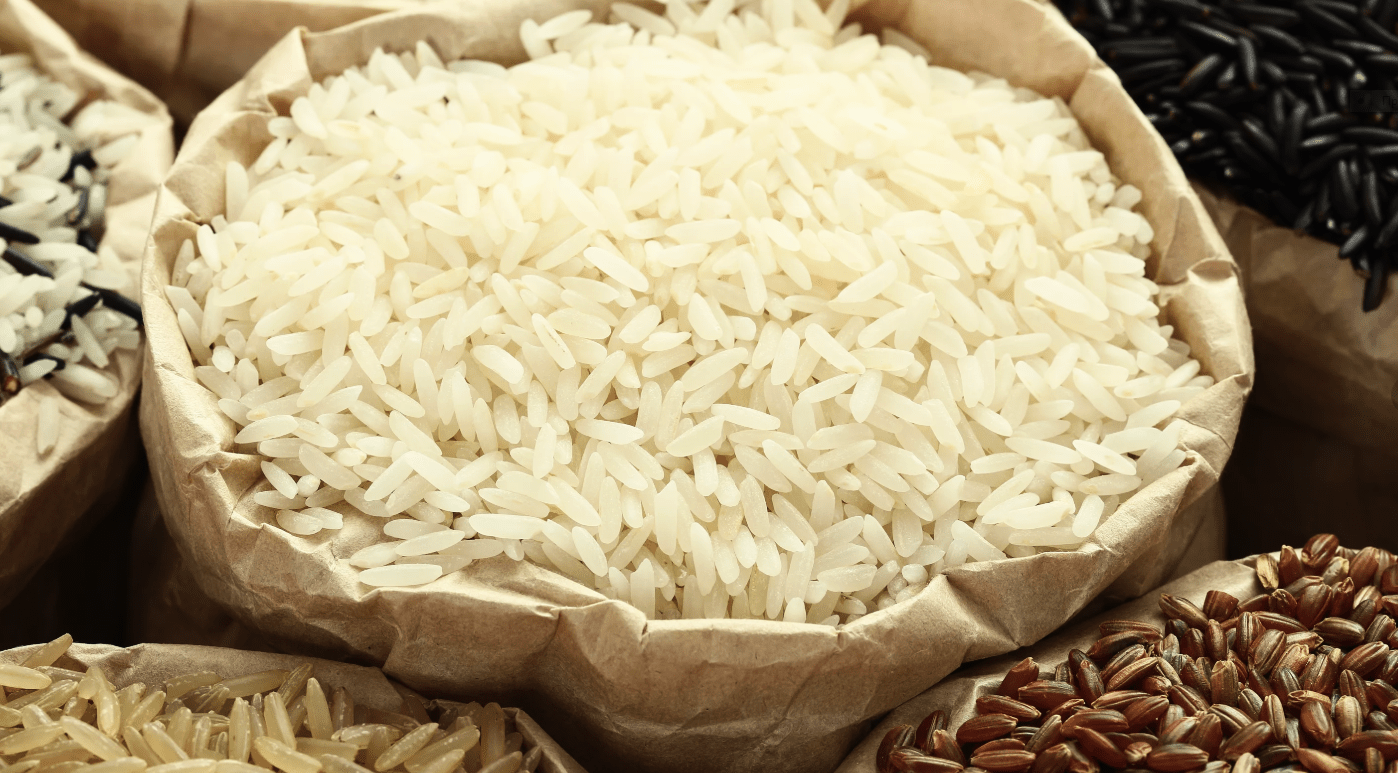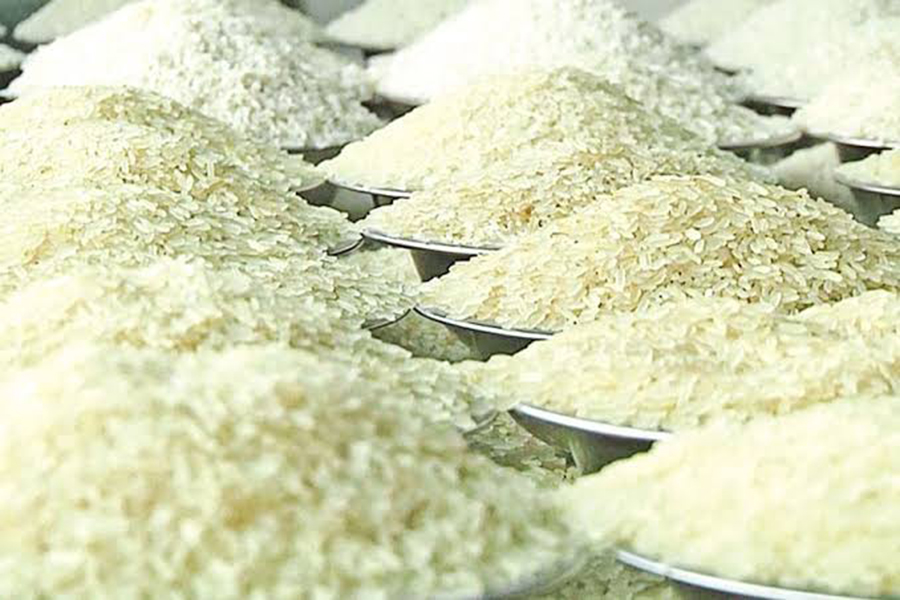Tags
Dehradun’s Rice losing its aroma with more than 50% reduction in cultivation land: Report
According to the Uttarakhand Biodiversity Board survey, there is a significant decline in the cultivation of the Dehraduni Basmati rice.

Ayurveda recognizes Basmati rice as pure, easily digestible, and nourishing for body tissues. (Photo: Uttarakhand Diversity Board)
A recently released report from the Uttarakhand Biodiversity Board reveals a significant decline in the cultivation of Dehraduni Basmati rice. It is losing its aroma as the cultivation has gone down from 410 hectares in 2018 to approximately 158 hectares in 2022.
The study, encompassing 1240 farmers across 79 villages of Dehradun, indicates a shift from Dehraduni Basmati cultivation to other crops, with more than a 60 per cent reduction in paddy fields dedicated to this variety.
In 2018, 680 farmers were cultivating Dehraduni Basmati on 410.18 hectares, but by 2022, the cultivation area decreased to 157.83 hectares with 517 farmers growing the crop.
Similar trends were observed in other Basmati varieties of rice, where 560 farmers cultivating 420.38 hectares in the past reduced to 486 farmers on 180.76 hectares in 2022.
While 560 farmers still engage in the cultivation of Dehraduni Basmati cultivation, 680 families have switched to other Basmati varieties due to economic reasons.
REASONS FOR DECLINE IN CULTIVATION
The lack of an appropriate seed conservation program for Dehraduni Basmati is one of the major causes of the downfall in the cultivation. Government agencies are also losing an optimal gene pool for this rice variety due to the spread of High Yielding Varieties (HYVs).
Speaking to India Today TV, farmers attributed the decline in Dehradun Basmati cultivation to other factors such as the use of pesticides, untimely rainfall, and pollution in rivers and canals.
Ghanashyam Mohan, Chairman of the Uttarakhand Biodiversity Board, said that urbanisation is a major cause of agricultural land loss, affecting Basmati rice cultivation.
“There is a decline in the production of other things as well. The main reason is the change in the land use, which is also a need of the time. There has been an increase in urbanisation which has led to the reduction in the availability of arable land….,” Mohan said.
Future of Dehradun Basmati: A Healthy Alternative?
Dehraduni Basmati, despite its lower production, remains a strong choice for many farmers who have transitioned to other Basmati varieties.
Speaking to India Today TV, several farmers said that minimal use of fertilizers, especially urea and DAP, makes Dehraduni Basmati a low-risk option. It is appreciated for its unique fragrance, taste, and cooking quality.
Ayurveda recognises Dehraduni Basmati rice as a nourishing option for the body’s organs, helping balance the three doshas–Vata, Pitta, and Kapha associated with human health.
Despite challenges, many farmers express a strong commitment to continue Dehraduni Basmati cultivation, highlighting its potential health benefits and unique qualities.
https://www.indiatoday.in/india/story/dehraduns-rice-losing-its-aroma-with-more-than-50-reduction-in-cultivation-land-report-2493271-2024-01-25Published Date: January 25, 2024






